Natural and harmonious, Japanese cuisine is considered the healthiest in the world. The word gohan - "boiled rice", in Japanese also means "meal". Rice was not only a main source of food but a form of currency too - that was how samurais' wages were paid.
In contrast to other cuisines, Japanese cuisine is devoid of spices; it's based on rice, soya products (miso, tofu), fish, seafood, seaweed and vegetables. It's famous for its simple, magnificently arranged dishes, where neither one of the ingredients overshadows the natural taste of any of the others.
One of the reasons for the Japanese's longevity is their traditional, harmoniously composed diet. The seasonal rule is very important in Japanese cuisine - choosing food ingredients so that they correspond to the current season of the year - the concept known as shun (season) - when fish, fruits and vegetables are most abundant in nutrients - about 10 days out of the year.
In Japan, there are 3 types of dough products consumed most frequently: wheat "udon" - flat or round noodles, "soba" - made from buckwheat, and "ramen" - thin noodles.
The most famous Japanese specialty is sushi. It was invented at the end of the 19th century by the talented chef Yohei, who was the 1st to begin offering raw fish. There are different types of sushi.
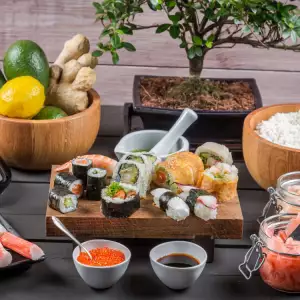
Maki sushi consists of a piece of fish or vegetable wrapped in rice and nori leaves. It is eaten in several bites. Nigiri sushi in translation means "handmade".
Master chefs make rice bites, on which they put fish, mussels or caviar. They are always served as a pair because the Japanese dislike the numbers 1 and 3. Gunkan - these are sort of like dried seaweed "cups" with rice and filled with seafood.
The traditions related to the actual eating process are infinitely interesting in Japan. Never give another person food with your chopsticks because this is linked to a Buddhist burial ritual. If you would like to share your food, give the other person your entire plate and let them choose.
Try to eat all of your rice, since leaving even a little bit of food in your plate is considered very rude. When you finish with your dish, never put your chopsticks back in the plate because the Japanese relate this to burial also.
Take a look at these appetizing Japanese recipes: Japanese Namasu salad, Japanese-style green beans, Japanese snow souffle, Japanese pizza, Japanese spaghetti.
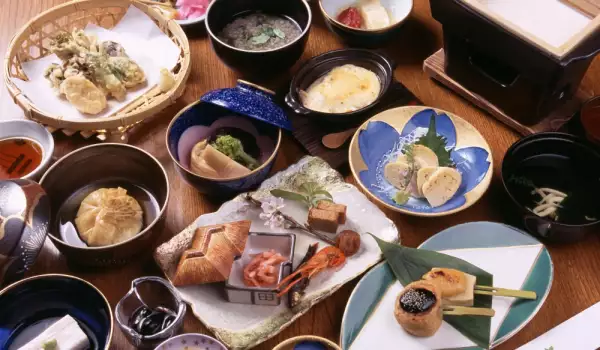




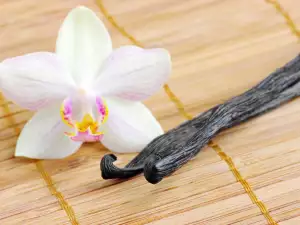
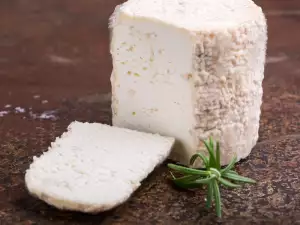
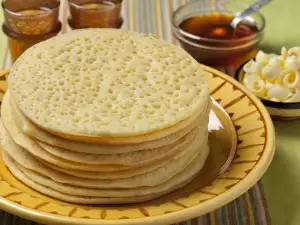
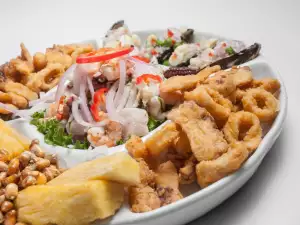
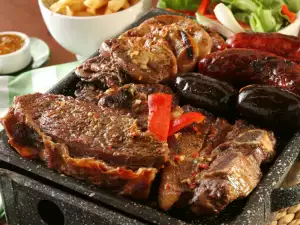
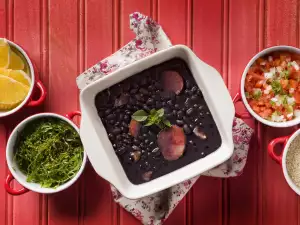

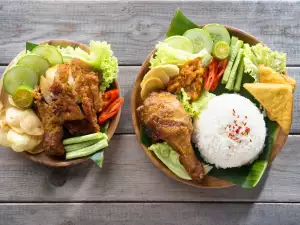
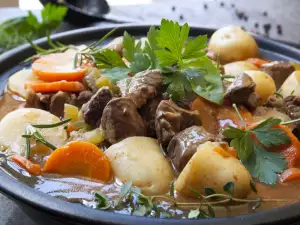
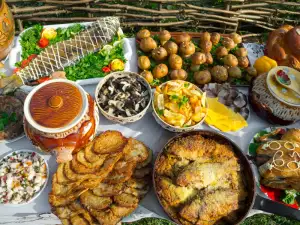
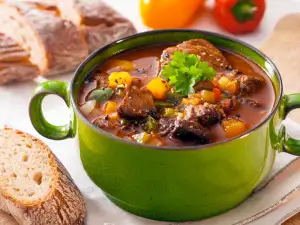




Comments